The use of Somatostatin Analogues in the treatment of Neuroendocrine tumours and the development of gallstones
ABSTRACT NUMBER: NESTAC MEDAL FOR MEDICAL STUDENTS_1
MAIN ABSTRACT TEXT
Introduction
Somatostatin analogues (SSA’s) are used to treat patients with Neuroendocrine tumours (NET). A potential side effect of their use is biliary stasis and subsequent development of gallstones and therefore routine ultrasound surveillance of the gallbladder is generally recommended for patients treated with SSA’s. It is not clear however that in practice this routine imaging actually changes patient management.
Methods
All patients with neuroendocrine tumours treated with SSA’s as of the 24th of February 2021 were included. Using community and hospital records, data was collected regarding gallstone pathology, USS surveillance and subsequent treatment.
Results
167 patients were included (105M:62F) with a median age of 70. The median duration of SSA treatment was 32 months. Over the course of treatment, n=10 (6%) of patients presented with symptomatic gallstones; n=7 (4.2%) with an emergency presentation. 3 out of the 10 patients presenting with symptomatic gallstones progressed to an emergency presentation. N=4 (2.4%) of the patients underwent a Cholecystectomy during SSA treatment. 53 patients underwent Ultrasound (USS) monitoring. On USS, gallstones were found in n=17 (32%) of patients. 2 of these patients had a subsequent cholecystectomy, with only 1 previously presenting with symptomatic gallstones.
Conclusion
Routine USS surveillance for gallstones in SSA treated patients is not necessary and can be reserved for those patients who develop biliary symptoms.
